Offsprings can be produced without egg cells:study
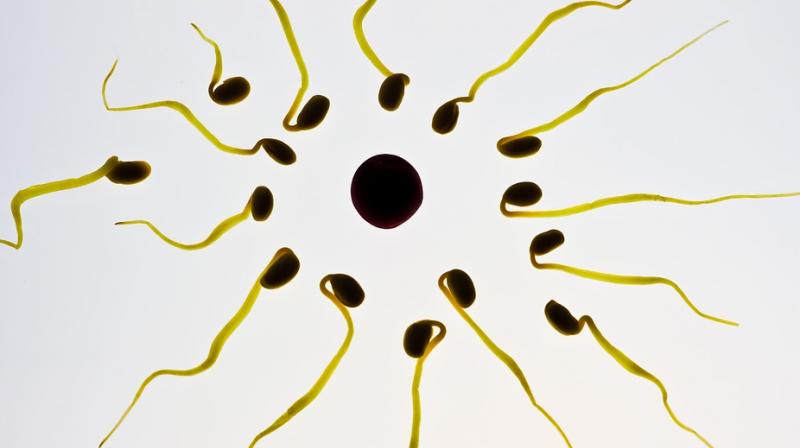
Scientists have shown
for the first time that offsprings can be produced from non-egg cells, a
breakthrough that may have potential future applications in human fertility
treatments and for conserving endangered animal species.
Eggs can be 'tricked'
into developing into an embryo without fertilisation, but the resulting
embryos, called parthenogenotes, die after a few days because key developmental
processes requiring input from sperm do not happen.
Scientists from the University of Bath in the UK developed a method of injecting mouse parthenogenotes with sperm that allows them to become healthy baby mice with a success rate of up to 24 per cent.This compares to a rate of zero per cent for parthenogenotes or about two per cent for nuclear transfer cloning.
Mice born by this method appear healthy and are able to produce at least two generations of offspring.
"This is first time that full term development has been achieved by injecting sperm into embryos," said Tony Perry, from University of Bath."It had been thought that only an egg cell was capable of reprogramming sperm to allow embryonic development to take place," Perry said.
class="MsoNormal" style="margin-bottom: 0.0001pt; text-align: justify;">"Our work
challenges the dogma, held since early embryologists first observed mammalian
eggs around 1827 and observed fertilisation 50 years later, that only an egg
cell fertilised with a sperm cell can result in a live mammalian birth,"
he said.The baby mice born as a result of the technique seem completely
healthy, but their DNA started out with different epigenetic marks compared
with normal fertilisation.
This suggests that different epigenetic pathways can lead to the same developmental destination, something not previously shown.The discovery has ethical implications for recent suggestions that human parthenogenotes could be used as a source of embryonic stem cells because they were considered inviable.
It also hints that in the long-term future it could be possible to breed animals using non-egg cells and sperm.
Although this is still only an idea, it could have potential future applications in human fertility treatment and for breeding endangered species.
The study is published in the journal Nature Communications.
AIMIM News
Latest Urdu News
Most Viewed
Where should be the burial of the pilgrims martyred in the Saudi Arabia bus accident?

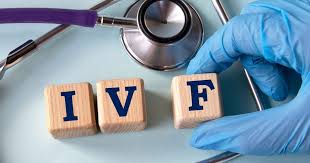



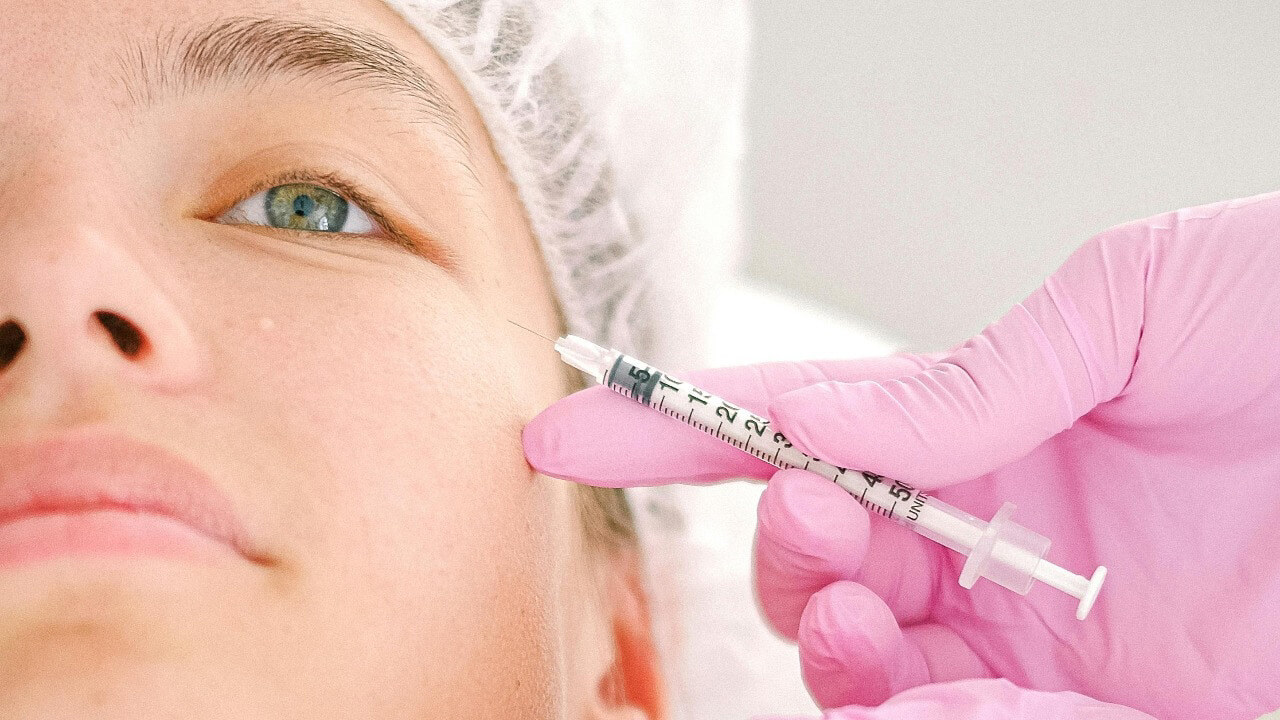


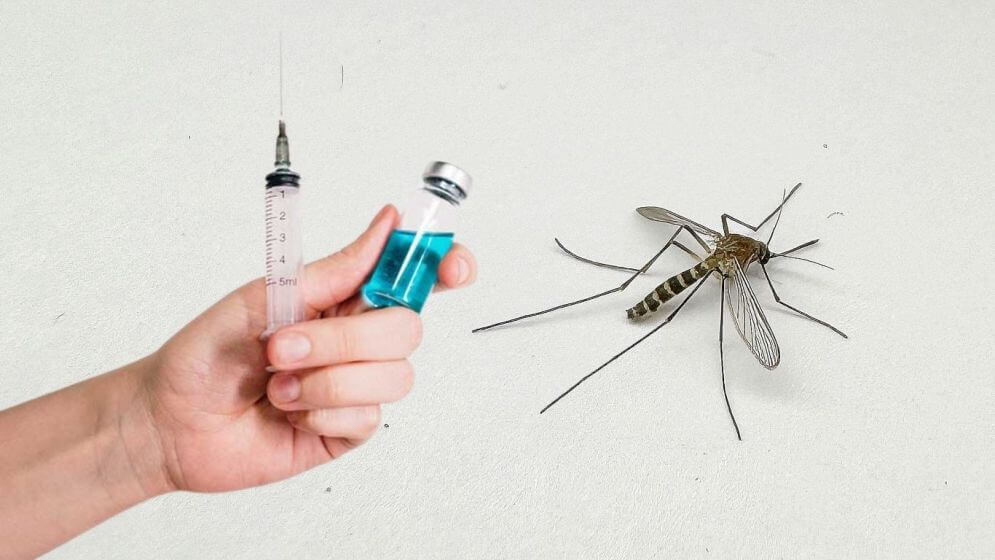
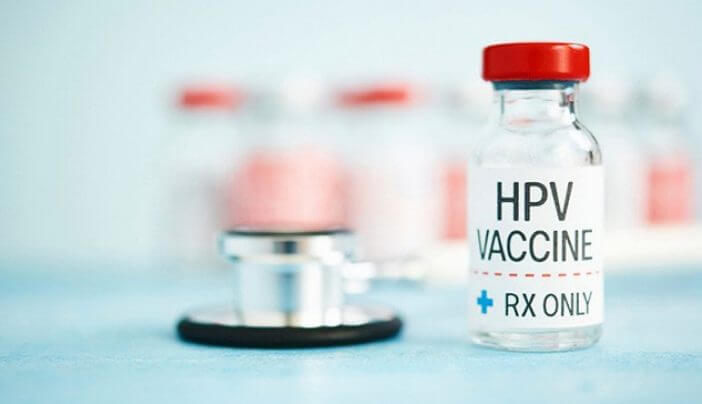
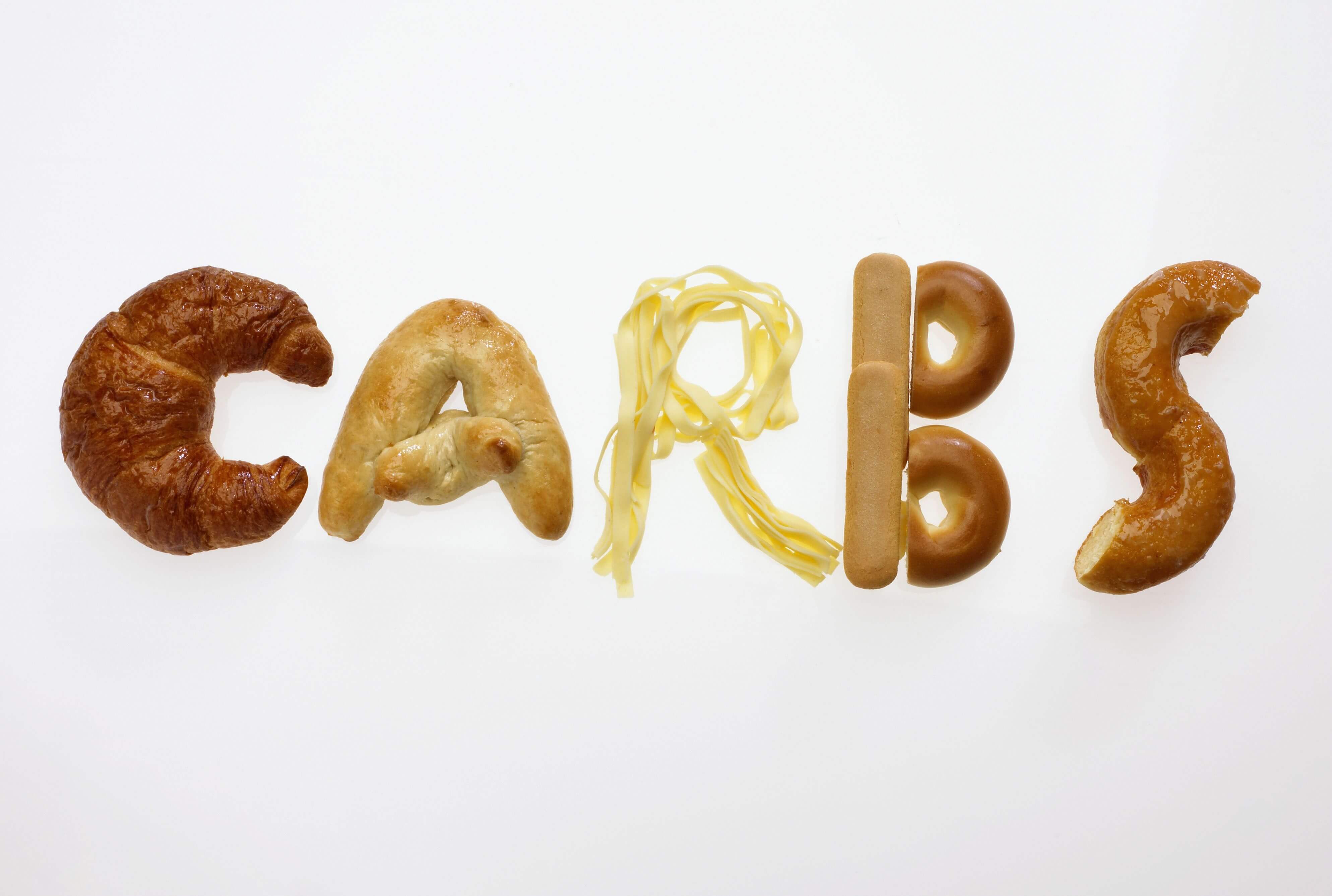
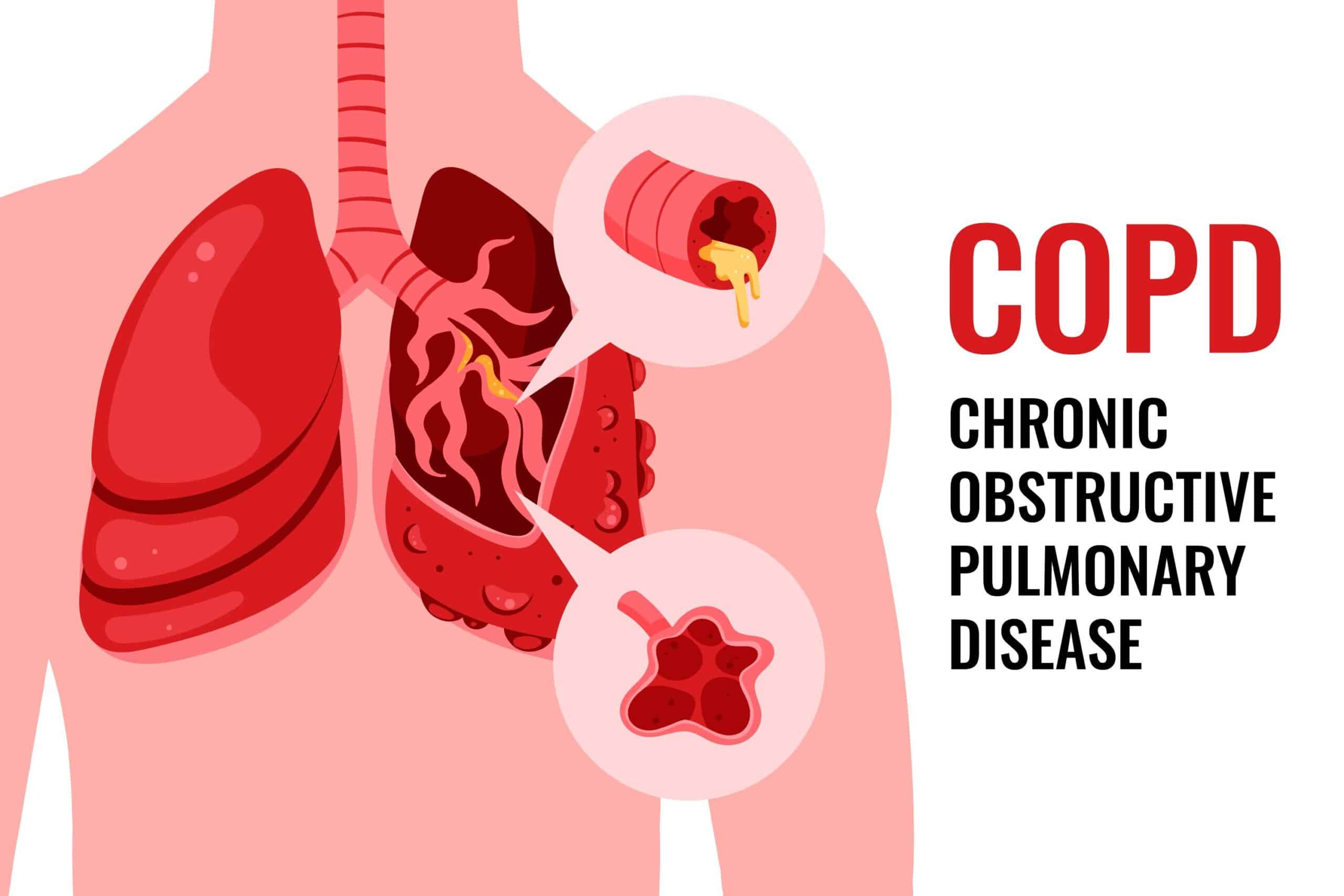
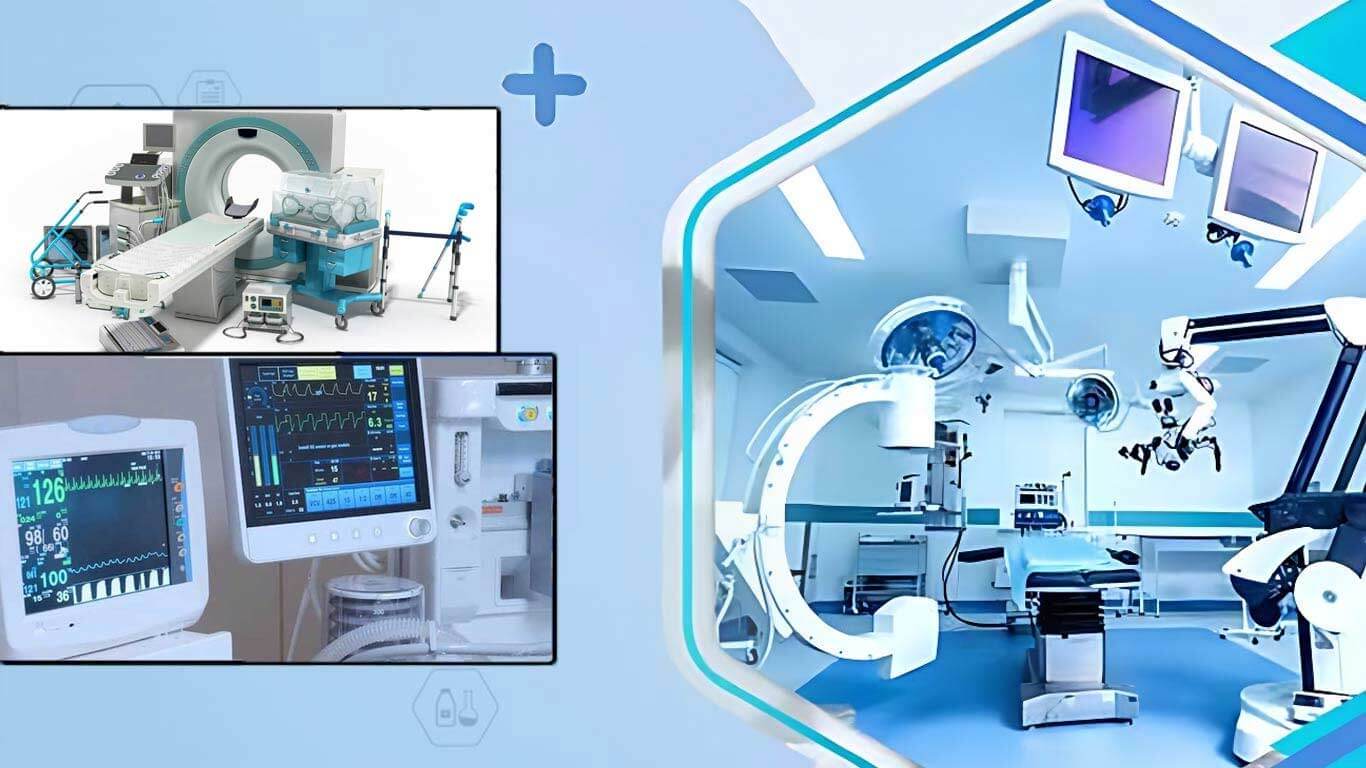

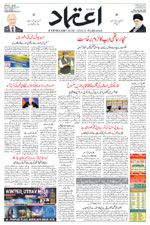










.jpg)
.jpg)
.jpg)


